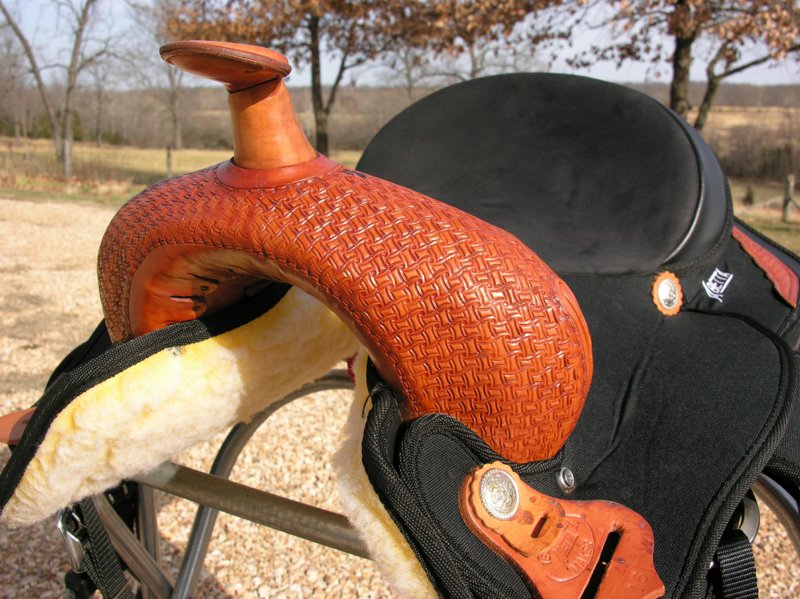I remember back when Lotus 1-2-3 was the reigning king of the hill in the software world. They implemented a crazy copy protection scheme which allowed for three installs from the floppy distribution disks onto your hard drive. If you used up your three allotted installs you were forced to undergo the hassle of finding and inserting the Lotus Floppy Disk-A into the disk drive in order to start the program. You can imagine the grief this caused, especially when my hard disk controller board started going south, causing me to reload all my software repeatedly. Pretty soon, of course, hacks to the Lotus copy protection scheme began surfacing on BBS’s across the country (here is an example). Eventually, a commercial product began to be sold to simplify the hack process, and ultimately, a PC card was sold exclusively for the purpose of circumventing the Lotus copy protection scheme. So honest folks (or suckers) like me who paid their licensing fee and abide by the terms of the license agreement were penalized. And the pirates were still pirating, thanks to the hardware and software hacks.
    What does this have to do with Windows XP Media Center? Well, having a Media Center PC spurred me into loading all of my CDs onto the computer. Having instant access to all of my music, and being able to pipe it through my home stereo system turned out to be awesome. With the IR blaster functions of Media Center, I can control the entire listening session from anywhere, and I have access to unlimited playlists, album, artist and song info on display, cool visualizations synched to the music displaying on my TV screen, etc. It has made me re-appreciate my music collection.
    I have never jumped on the Napster or other PTP file sharing bandwagons. If I wanted music, I would buy a CD. Now that I have broadband, and now that you can buy music on-line legitimately for $.88/song, I thought I would start buying some music from Wal-Mart. As an experiment, I purchased 4 songs from Walmart.com and downloaded them. When I tried to play the songs, I discovered that they would not play. Some kind of message to the effect that my computer was “not the valid computer for this license” or some such nonsense.
  So I went to MSN.MUSIC and tried buy a song from them – MSN wouldn’t even let my complete the transaction, claiming that my DRM (Digital Rights Management) files were corrupt. Anyhow, after much research I discovered that the problem I was experiencing was due to the fact that I had disabled the Pentium4 Hyper-threading feature in my system BIOS, and that Microsoft DRM (AKA- copy protection) scheme requires a static BIOS configuration in order to work. According to Microsoft Knowledge Base article KB891664 that I obtained, the work around for this was for me to re-enable hyper-threading in the BIOS.
    I re-enabled hyper-threading and Voila, the music that I had bought from Walmart.com now would play.  But that did not take into account the reason why I had disabled hyper-threading in the first place. When I first bought this Media Center PC, I soon discovered that after watching or recording about 15 minutes of television programming, the display would just freeze up. After agonizing long hours with Gateway, ATI, and Microsoft, it was determined that hyper-threading was causing the display freeze problem. The only solution – turn off hyper-threading. I did, and the television functions of MCE2005 now worked perfectly.
  So now I am back to where I started with this post – once again the honest user gets screwed. I buy a computer with Windows XP Media Center Edition and Microsoft tells me that I have to disable hyper-threading to make it work. But in utilizing this solution, I also have to give up my ability to purchase music on-line in a legitimate manner, due to the DRM scheme Microsoft has implemented. Meanwhile, the music pirates have not been deterred by Microsoft’s DRM, they are still busy as ever, distributing bootleg music files.
End of rant.




